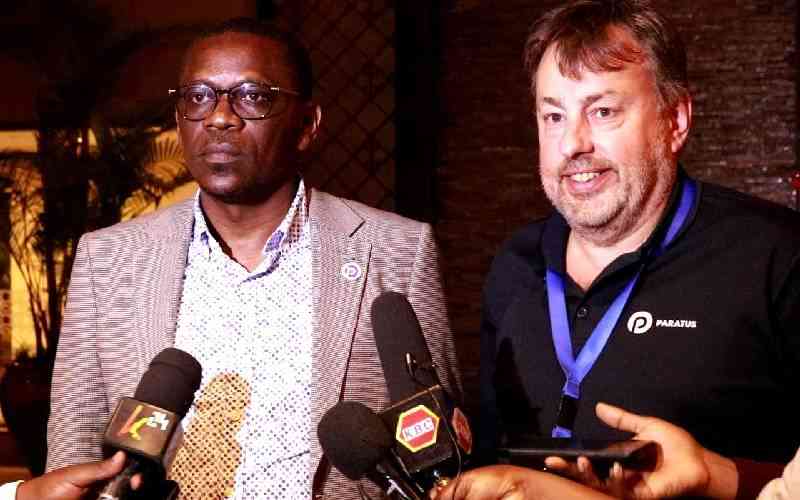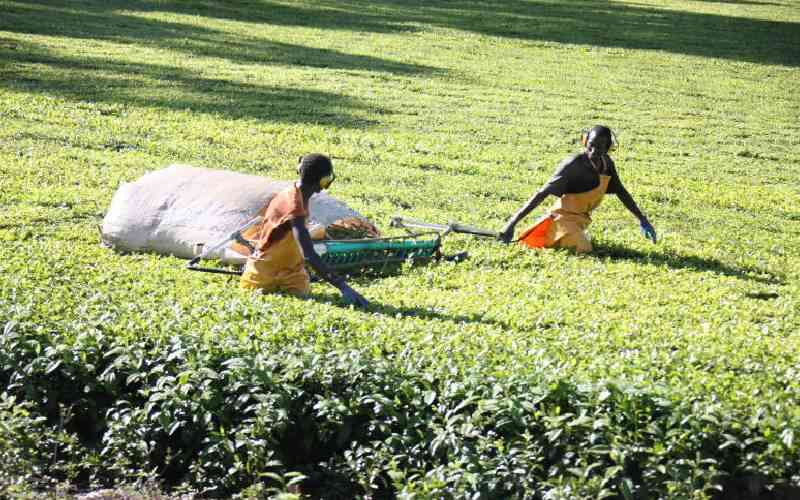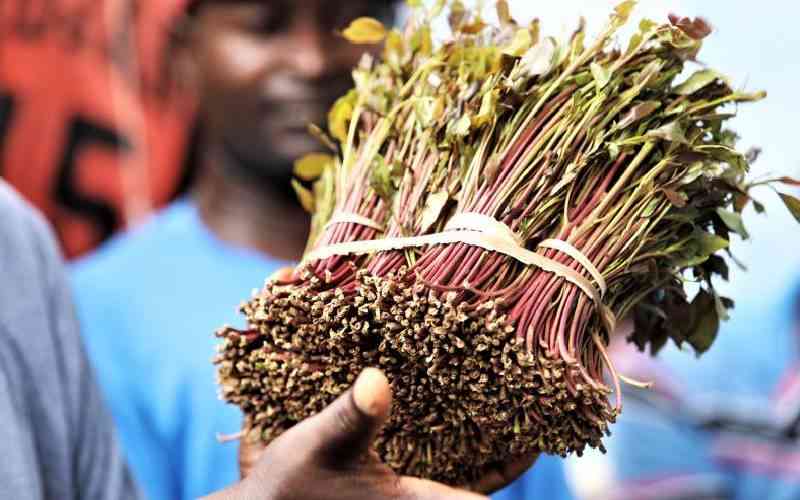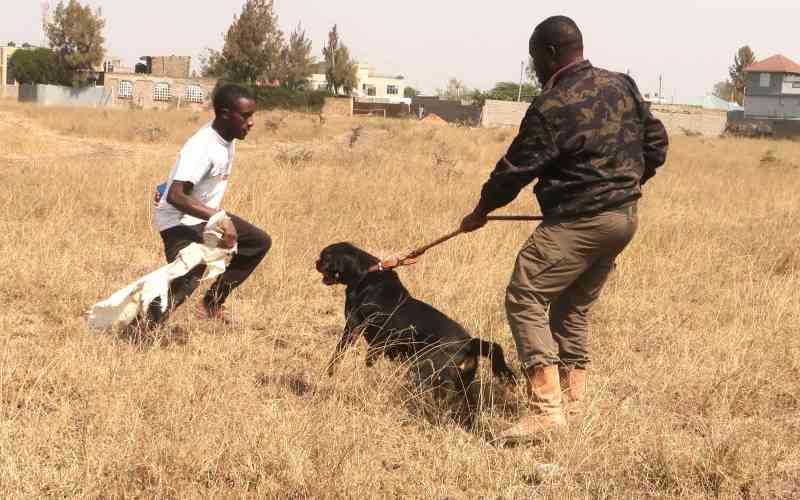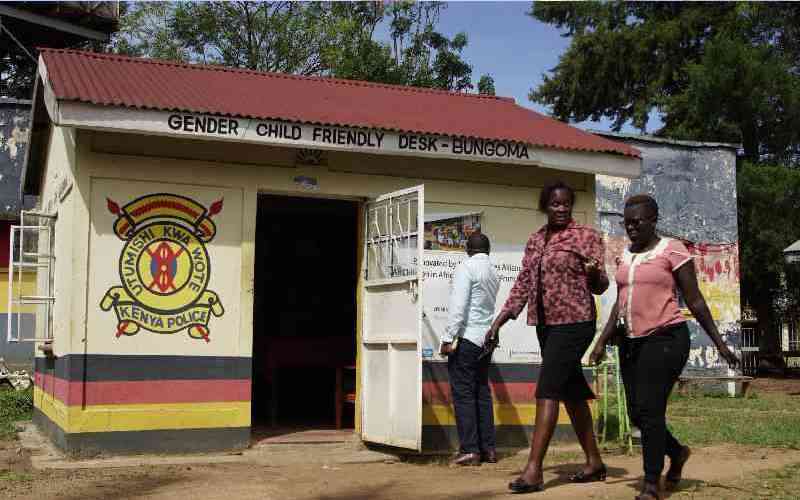
Bungoma county is rethinking its fight against the triple threat of HIV, gender-based violence (GBV), and teenage pregnancies as shrinking donor aid threatens to roll back years of progress.
According to Ministry of Health data (2025), Bungoma’s HIV prevalence stands at 2.3 percent, below the national average of 3.7 percent.
Yet the county continues to grapple with alarming statistics,153 new HIV infections among young people aged 15–24 last year, 9,089 cases of sexual violence against girls between 2016 and 2023, and a teenage pregnancy rate that contributes to nearly one-fifth of Kenya’s national burden.
For years, donor agencies funded grassroots interventions that cushioned vulnerable groups. But their gradual withdrawal has forced the county government to craft new homegrown strategies.
Bungoma County’s Special Programs Director, Caren Wanyonyi, said the county responded by launching the Equalize Program, a school-centered initiative developed in partnership with the Teachers Service Commission, the Ministry of Health and the Ministry of Education.
ALSO READ: Fighting the shadows: Bungoma, Vihiga and Kisumu counties confront gender-based violence
"This program was developed after most donors pulled out their support. Through Equalize, we are training teachers who are the main gatekeepers to detect vulnerability among students and provide timely support,” Wanyonyi said.
The program is o its pilot phase targeting sub-counties of Bungoma South, Bungoma Central, Kimaeti and Bumula, with plans to scale across the entire county.
“The only way we can get to the students, who are the main victims is through the teachers and school principals so we equip them with the required knowledge on how to approach teenage pregnancy in schools through guiding and counceling and getting the young girls to be open and talk freely on the challenges they face,”said Wanyonyi.
Deputy Director of Health and Sanitation, Dr. Emma Nyaboke, welcomed the approach, noting that early intervention could help learners avoid falling victim.
“Children aged 10–19 are still in school and in their formative years. If sensitized early, they can be empowered to make the right choices,” Nyaboke said.
The urgency of these interventions is reflected in Mt Elgon Constituency, which in 2023 shocked the nation when 54 girls at St.Thomas Aquinas High school in Chesikaki Ward were found pregnant.
Thirty-one were already mothers, 20 were expectant, and three had dropped out of school.
The scandal galvanized the county into action. According to Deputy Governor Jenipher Mbatiany, entrenched cultural practices and parental neglect had fueled the crisis.
“As I grew up in Mt Elgon, I saw girls kept at home while boys went to school, some forced into early marriages. That gave me a burden to fight for the rights of the girl child,” she said.
Stay informed. Subscribe to our newsletter
Since then, the county has rolled out a GBV policy that seeks to establish safe spaces in health facilities, safe houses for survivors, and a one-stop GBV recovery center with doctors, psychologists and counselors.
“Through this policy, we want to provide protection and counseling for survivors and reduce stigmatization that often drives pregnant girls out of school,” Mbatiany explained.
Following the 2023 scandal, joint sensitization drives by the county, NGOs, and community elders around St. Thomas Aquinas have borne fruit.
“The principal recently told me there has not been a single pregnancy case since. That shows that awareness works,” she added.
READ: Sexual violence and HIV transmissions in children eating into health budget, says Nakhumicha
Despite these gains, the county admits sustainability is fragile. Mbatiany cautioned that most GBV and adolescent health initiatives remain donor-dependent.
“Partners have greatly helped us reduce the prevalence of teenage pregnancies from 22 to 19 percent. But if donor funding continues to decline, we risk sliding back,” she warned.
Experts say Bungoma’s next frontier is strengthening community-driven models and integrating GBV and adolescent health programs into county budgets to reduce reliance on external aid.
School-centered interventions like Equalize and policy-driven reforms in communities like Mt Elgon offer a glimpse of how local innovation can help counties weather shrinking aid while safeguarding the future of their youth.



